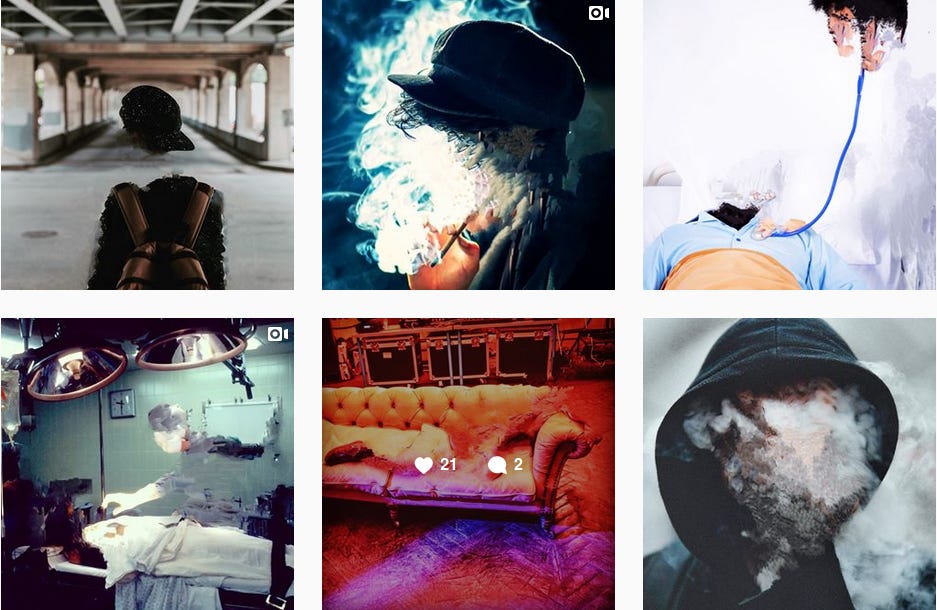Over the years, technologist and playwright Kat Mustatea has built an impressive portfolio career. After studying philosophy and sculpture respectively at Columbia University and Pratt Institute, she transformed her interest in math into a working position as a software engineer and product manager. Her passion for theater and live performance, however, never waned and led her to found a theater company in Berlin for which she wrote and directed plays [1].
As a writer and public speaker, Mustatea focuses on the impact of technology on art and society. Her TED Talk raised questions on the value of art in the age of intelligent machines, shifting the attention from the output to the artistic process, and addressing the unsettling experience of machines' success. Her essays appear in Forbes, The Week, and Hyperallergic and tackle several aspects related to AI, including those about marketplaces and social media.
Mustatea is a member of the Interactive Experiences track of NEW INC, the art and tech incubator at The New Museum of Art in New York City, and co-curator, together with Heidi Boisvert, of the performance series EdgeCut.
Currently, the artist is involved in several projects. Among these, Voidopolis is a loose reinterpretation of Dante's Inferno presented in the guise of a digital exhibition that unfolds on her Instagram feed over about 40 posts. Once the story is completed, it will be removed as the intention is for it to be temporary and then disappear.
Mustatea’s guide is Nikita, a hobo who will take her through the streets of a New York hit hard by the pandemic.
[Fig. 1] Voidopolis, image installation. Credits: Kat Mustatea.
Inspired by the French movement Oulipo, Mustatea writes “a story about loss and cities told entirely in words that do not contain the letter e”. To do so, she uses a synthetic language (based on a pre-trained language generation model available on the web) augmented to produce sentences that have only words that don’t contain the letter ‘e’.
However, the text produced by the machine is used by Mustatea only as a starting point to develop a hybrid language that is the fruit of her own work.
“To be clear, it is definitely me composing, and not the AI. What the model helps to do is move faster through the initial research phase. By producing a lot of language quickly, I can start to feel out if it has the texture I want, before I go through the laborious process of actually composing."
[Fig. 2] Screenshot from Voidopolis, image installation. Credits: Kat Mustatea.
Compared to her other works that use a synthetic language, Mustatea points out that in Voidopolis “the missing letter is more conceptual, tied to the missing people all over the city who became sick and died all these past months. The images are also about loss: I create them by ‘wiping’ humans from stock photography. I was inspired to do this by the artist damjanski’s ‘post-human’ app, Bye Bye Camera”.
Omitting the letter ‘e’ means also to write a text that does not contain the past tense, translating the feeling of being trapped in an endless present with a vague sense of what the future will be.
Voidopolis was part of the Ars Electronica Festival 2020.
To learn more about Kat Mustatea's synthetic language for theater and live performance, visit my blog.
References
Except where otherwise noted this work is licensed under a Creative Commons Attribution-ShareAlike 4.0 International License.






